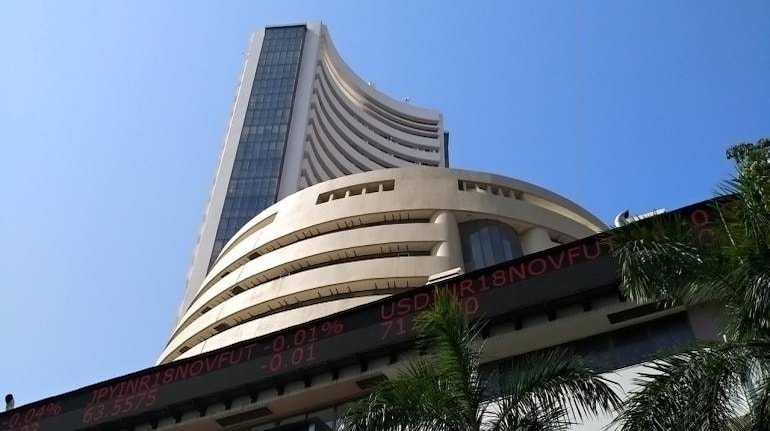



Shubham Agarwal
We have been discussing what to do to shape our trades for a better economic worth out of the expected moves. Today, we will discuss what not to.
Well as a monthly event for most of the underlying stocks & indices, Expiry changes a lot of equations and is capable of a momentary upsetting a well-established order. We will raise caveats four possible distortions in the aftermath of an expiry day.
The Nifty50 rose 7 percent in the November series, the biggest gain in a derivative series in over two years.
Expiry of futures and options (F&O) contracts do have implications of 2 sets of participants. One being the directional participants who would be evaluating whether or not their view would carry forward and others being the non-directional set of participants who would be evaluating certain price equations between instruments quoted for the next expiry.
Now either one of these sets would unwind their positions or carry it forward. While carry forward may not have so much of impact on the underlying, the unwinding may create a lot of noise which the underlying does not deserve.
Governed by such volatility when the expiry ends, we shall be watchful of more common pitfalls. I have been taught 4 such lesions by the F&O market, which I would like to share.
#1 Avoid Leverage in the last hour of expiry
The unwinding pressure that we talked about is much more impactful on prices in the last hour of trade on the day of expiry. Hence, the prices may be unduly pressurized or inflated and the same would normalize in the next few sessions.
Hence, avoid taking any leverage in the last hour of trade. If at all any such anomaly looks intriguing, resort to options and move to a leveraged trade in futures after the dust settles.
#2 Huge Additions & Big Price Action pockets
More often than not we do get lured by the ongoing winners with a hope to see it continue. However, I have been bitten by a few of these well-known winners.
What ends up happening is that the price at which we would get in might just mark an intermediate turning point against us.
Since then, as a rule, I practice and recommend to stay away from the stocks and sectors which have seen a large addition in Open Interest expiry over expiry and has already seen a big move.
Either avoid completely or wait for further additions and or a pull back to enter. Not a good set for early expiry trade.
#3 Trading Unwinding
Short Unwinding has a relatively higher and swifter impact on the prices and might push us to believe that a reversal is in place. This could be visible more in the last week or even on the last day of November expiry.
The same move could actually just be led by unwinding pressure and could very well turn into business as usual on the very next day of expiry.
Stay away from the stocks that have been taking an opposite course of price action in the last week of expiry. Awaiting fresh addition in the favor of that reversal has always cost me a few percentages but has saved me off of many big disasters.
#4 Avoid Selling Options in Ratios
Although, we have talked about how non-linear time value element makes it unattractive to create a trade with one long Option and multiple Short options (no matter how far) against it.
It is my moral responsibility to reaffirm here that certain stocks may actually be in expiry led disruption, in such situation the very next sessions of expiry may bring in a Swift Price action, ruining the directional forecast by turning the trade into losses arising out of additional options short, despite the view being right.
Finally, the objective here is not to discourage from taking a trade but to know that there is a possible pitfall and be vigilant.
Disclaimer: The author is CEO & Head of Research at Quantsapp Private Limited. The views and investment tips expressed by investment expert on moneycontrol.com are his own and not that of the website or its management. Moneycontrol.com advises users to check with certified experts before taking any investment decisions.
Discover the latest Business News, Sensex, and Nifty updates. Obtain Personal Finance insights, tax queries, and expert opinions on Moneycontrol or download the Moneycontrol App to stay updated!